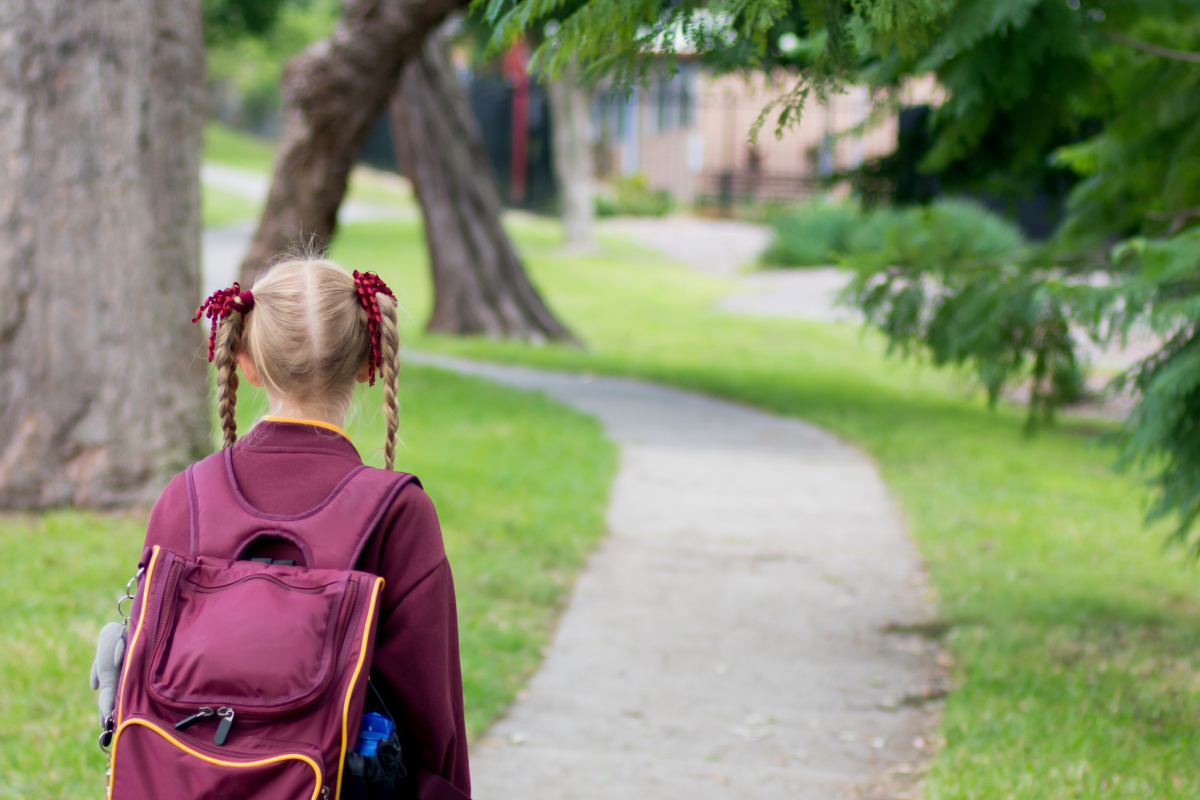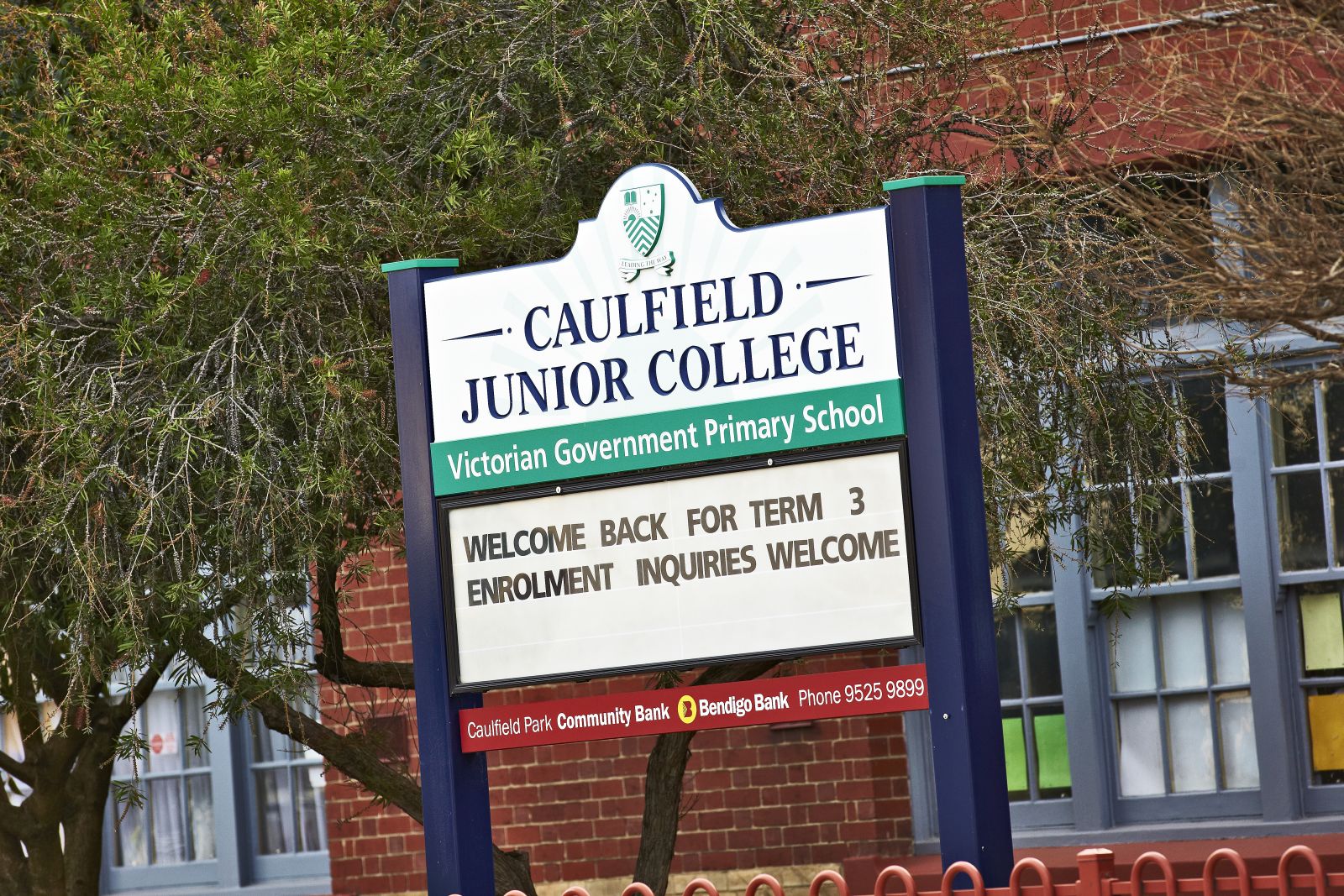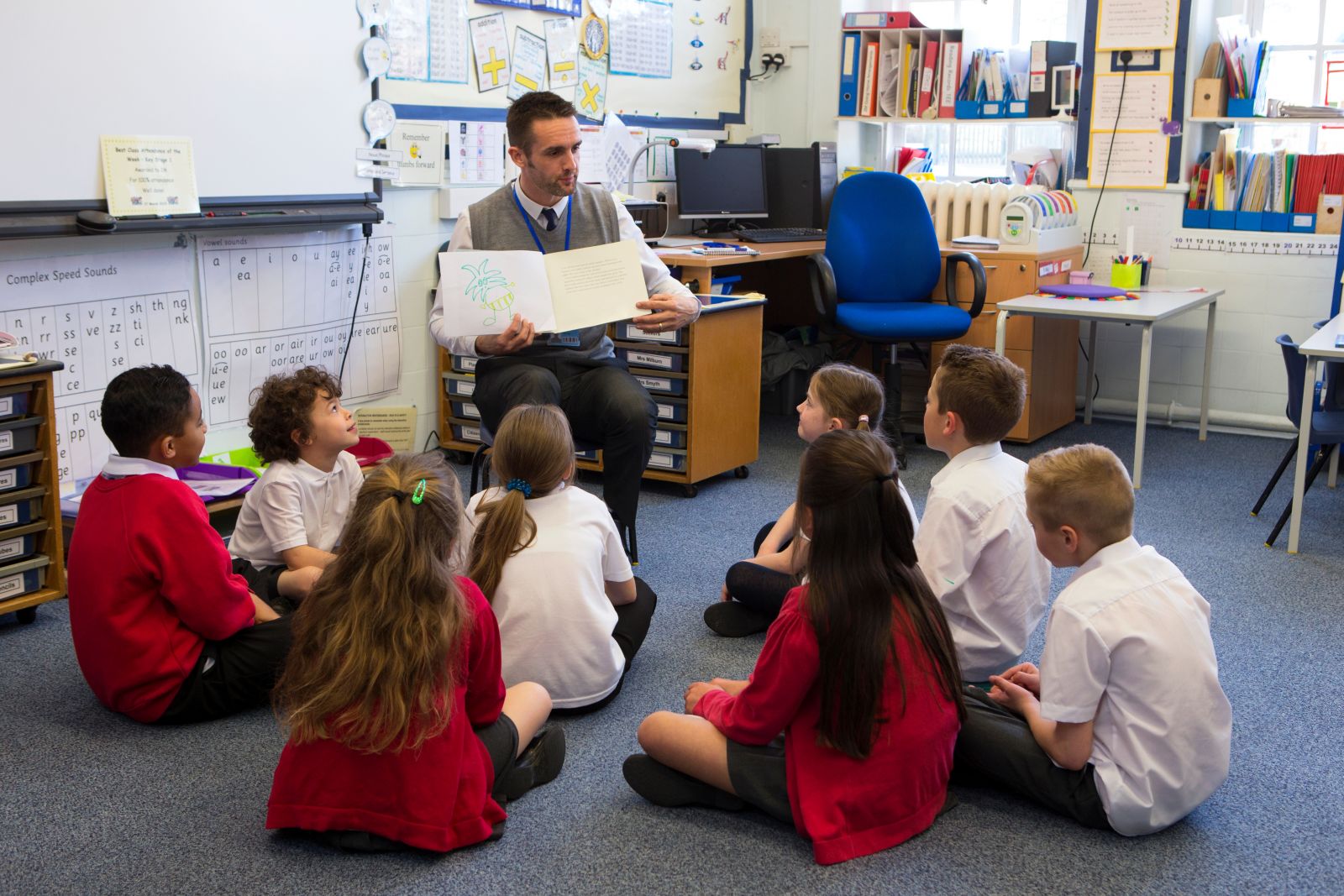In the zone: The importance of school catchments in real estate
When buying a house, some people go for the views. For others, it’s the size of the land, the style of the kitchen – or the distance from the CBD. But for many, there’s one make-or-break factor that stands above all: the school catchment zone. Below, our Bentleigh Director Leon Gouzenfiter tells us the top school zones in the southeast. Unpacking how they affect property prices – and if they’re really worth the investment.

The southeast’s sought-after schools
Victoria is known as the Education State. (And that’s not just a tagline to make our rego plates look good!)
Why? Top universities aside, Melbourne is also home to some of the country’s best primary and secondary schools – with some of them found right here in the southeast.
The catch? (Excuse the pun.)
Some of these schools’ core intake of students must live within a catchment zone – the designated geographical area for the local school.
‘The biggest well-known zone catchment in our area is the McKinnon Secondary College zone,’ Leon says. ‘Followed by the Brighton Secondary College zone.’
The other zones people go for are the primary school ones, including the Caulfield South Primary, Caulfield Junior College, Gardenvale Primary, Bentleigh West Primary, McKinnon Primary, and Coatesville Primary zones.

School zones: the North Star to some
So – just how important a role do school zones play in the property decision-making process?
According to Leon, an important one.
Some families pay a premium to buy a house within a certain catchment zone – simply to ensure their children can go to their primary or secondary school of choice.
And they know exactly what they’re after.
‘Many buyers, particularly new Australians and migrants, are led by school zones rather than suburbs,’ says Leon. ‘These families place education at the top of their list when looking for a place to settle down.
‘If they don’t get their first-choice school zone – McKinnon, for example – they won’t go next door to Bentleigh. They’ll go to the highly sought-after school zones of Glen Waverly or Balwyn – moving suburbs completely for the top schools on their list.’
Leon also notices that school zone buyers aren’t just passionate – they’re particular.
‘They’re very specific in what they are looking for – especially in terms of secondary schools.’
In contrast, families tend to be more flexible when it comes to primary schools. As long as they get into Caulfield South, Gardenvale, McKinnon – or some of the other top schools in the area – they’re happy.

A one-way street in property value
It shouldn’t come as a surprise that school catchment zones play a big role in property prices. The higher the demand for a zone, the higher the value of its homes.
A simple example?
When the McKinnon Secondary College zone was extended in the last two years, it almost immediately boosted the value of houses that came into the new zoning.
‘Areas that were previously out of the zone – Bentleigh East and east of East Boundary Road – became included,’ says Leon.
‘And some of them saw property prices increase by up to 50%.’
On the flip side, is it possible for school zones to change in a way that negatively affects homeowners?
Yes, but – according to Leon’s 16 years of experience in real estate – it’s incredibly rare for a catchment to change in a way that excludes current areas. And it’s never happened in southeast Melbourne.
‘When high-demand school zones do change, they tend to get bigger,’ he says. ‘They include – not exclude!’
.jpg)
What about private schools?
Private schools don’t generally come with a catchment zone. But, unless you enjoy driving a distance to drop your kids off at school, location should still be top of mind.
Leon agrees.
‘People that are going for private schools still look at proximity, so they don’t have to travel far to drop off, and pick up, their kids. Living close to school also means that, when they’re old enough, kids can make their own way there on foot.
‘So yes, although there are no private school catchment zones, we’re still seeing home buyers target specific streets and suburbs.’
Those who want to enrol their children in Haileybury and St Leonards might try buying beachside in Brighton. Or, for Brighton Grammar or Firbank Grammar, looking at inner Brighton.
‘There are also people who want to buy around Caulfield North, Elsternwick and St Kilda East to be closer to Caulfield Grammar and Shelford Grammar,’ Leon adds. ‘Kilvington Grammar is another private school in this area that’s on the rise.’

An uptrend fuelled by migration
There’s an uptrend of activity for homes in southeast Melbourne’s school zones – and for the area’s houses in general.
And, according to Leon, the demand is only going to get hotter.
‘We believe it’s fuelled by migration,’ he says. ‘Obviously with COVID, we’ve been on pause for three years. Now our borders are open again, there are lots of people who want to come here.’
It’s something Leon – himself born overseas before moving to Melbourne at an early age – feels both positive and passionate about.
‘If you go back more than about three generations,’ he continues, ‘most people in this area would probably find someone in their family a migrant at some point.
‘We all come from somewhere – and that should be celebrated.’
Are school zones important for everyone?
There’s certainly huge potential for investing in properties within the school catchment zone.
But if you don’t actually need the zone to access the local schools, you may be better off investing somewhere else. Unless, that is, you’re overpaying to get into it with a long-term view.
‘It can be a cash-out option,’ Leon allows. ‘I’ve seen people sell out of the zone: especially if their kids were either finished, finishing, or established in the school.
‘If a homeowner doesn’t need to be within the zone anymore, they might sell to relieve some money, reduce their debts and exposure, or diversify their investment.’
Having said that, he stresses that our house is usually our biggest asset.
‘People might stop buying luxury items or going on overseas holidays. But generally, the mortgage is the last thing that people want to default on.
‘I haven’t seen a run of people selling just to cash out on the school zone or because the interest rates are hurting them. Not in our area.’

A worthy investment – in more ways than one
It’s (often quite literally) the million-dollar question.
Is it worth investing in houses within school zones?
According to Leon, it’s a big yes.
‘The quality of the schools in some of these zones is equivalent to private. So for families that may not have the means to invest in private education, securing a home within a good school catchment zone is vital. They’ll gain high-quality education for their children – on a budget.’
It’s a win-win. Not only are you investing in your children’s future, but in an asset that’ll hold – and increase – its value for generations.
Leon’s final tips?
‘If you can afford to spend, you should. Give your kids the best opportunity for education. And, when you don’t need it anymore – when you do sell it – you’ll get all that money back.’